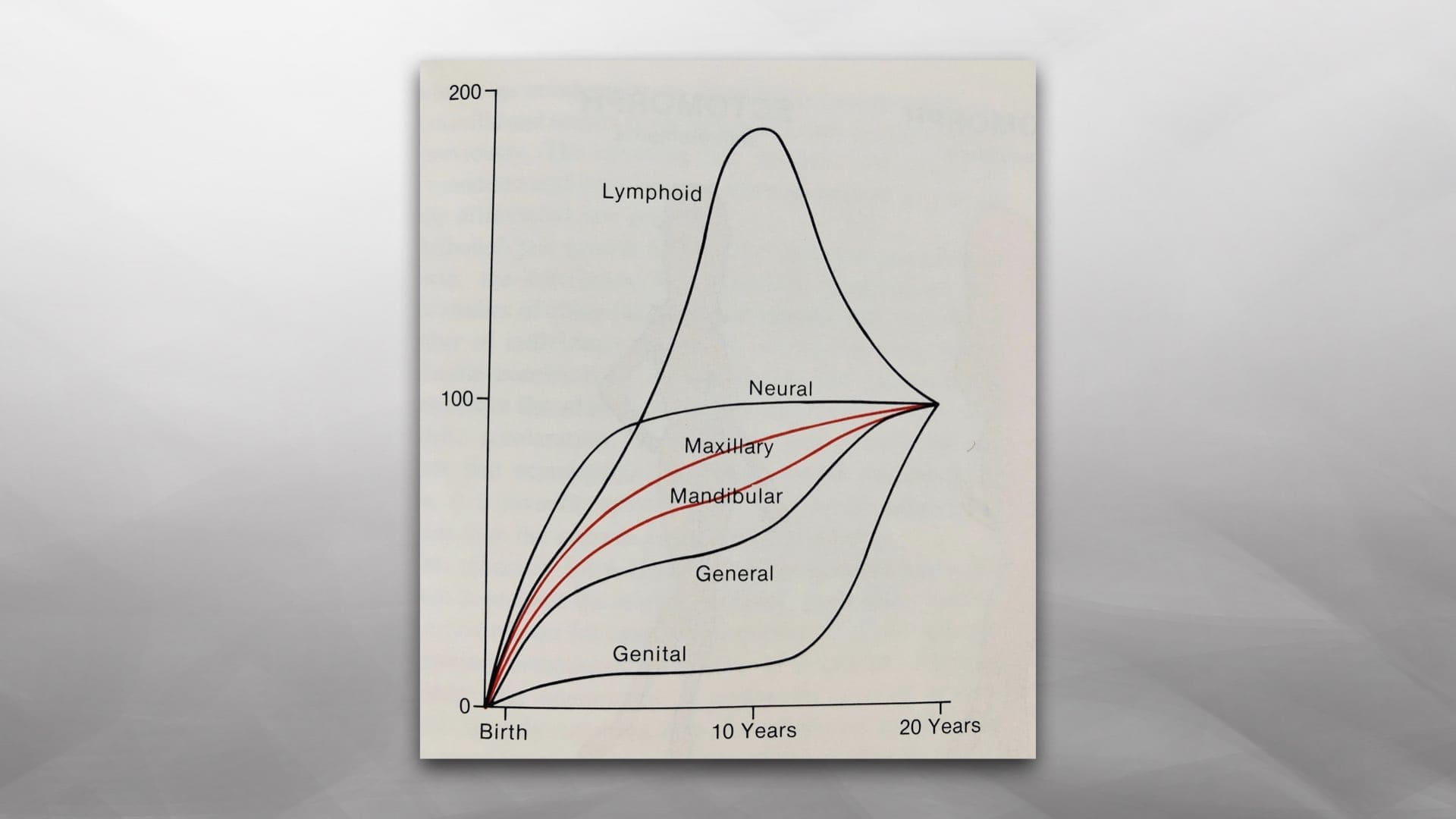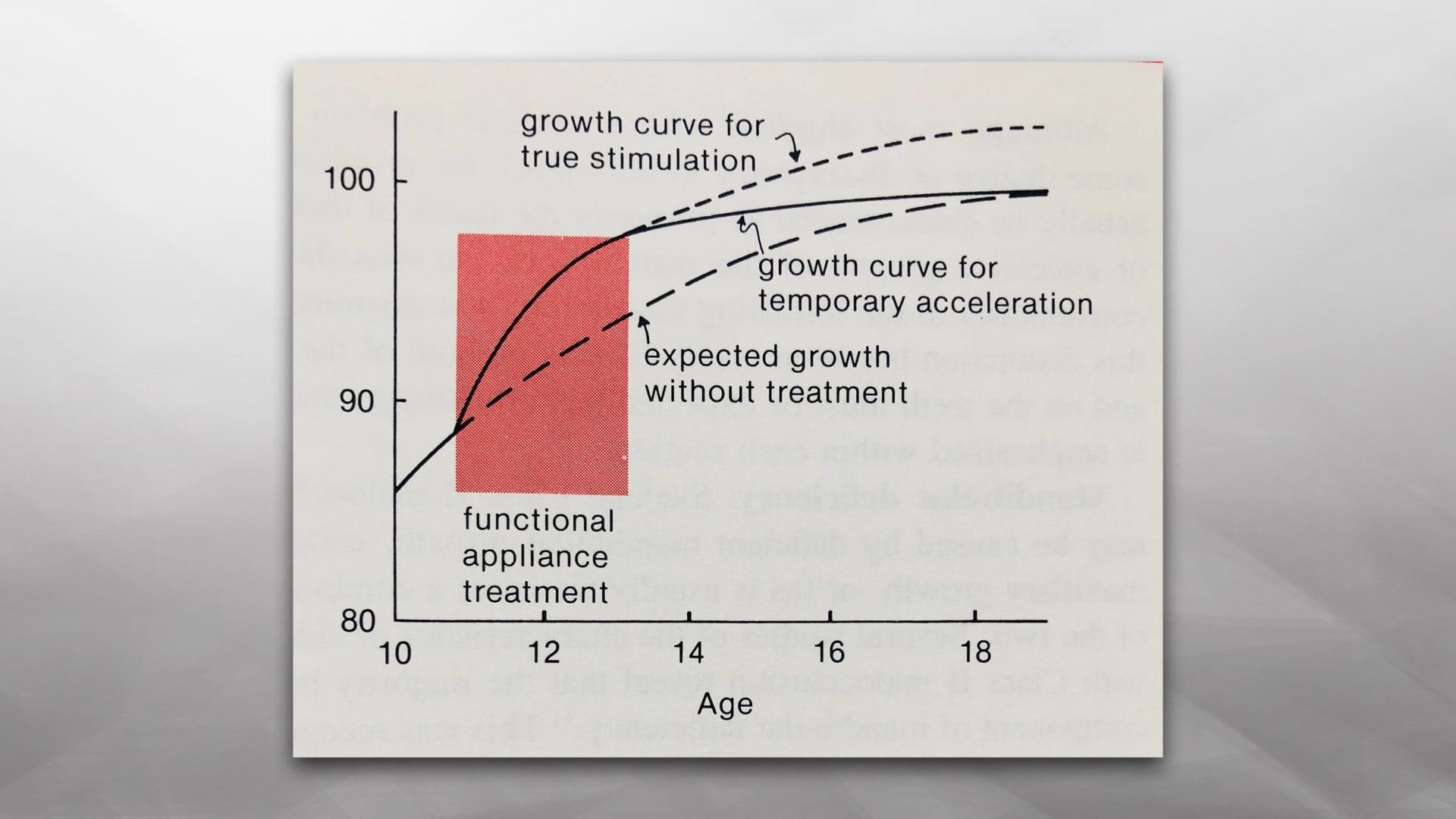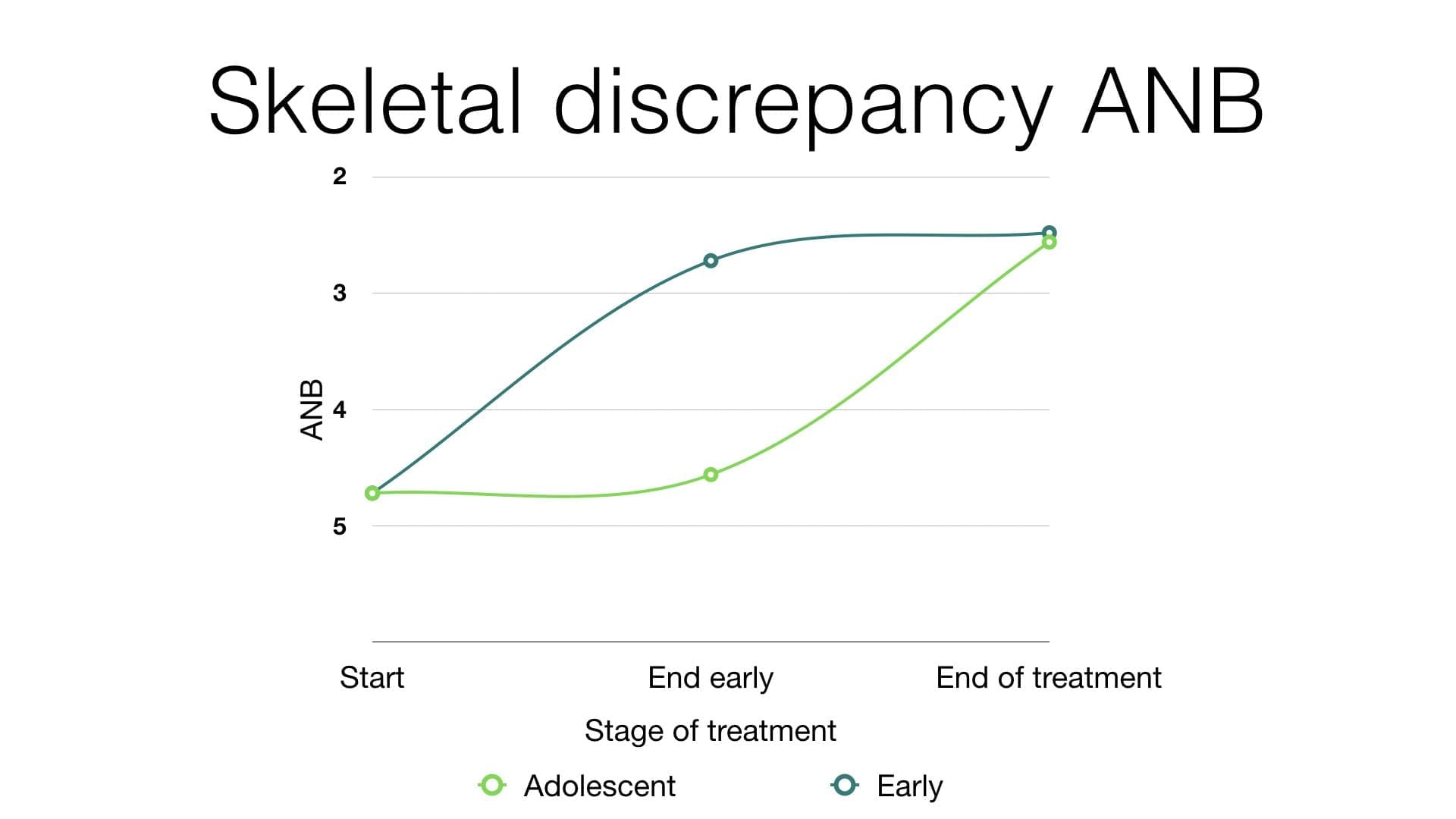Proffit Lecture Part 2: The influence of “the book”.
Last week I published the first part of my Proffit lecture. This was on his research. In this second part, I am going to discuss his book.
When I was a first-year orthodontic trainee in 1985, orthodontics was a complete mystery to me. I think that we have all experienced the situation of being on a programme and not understanding a word anyone was saying in the seminars or on the clinic. Furthermore, like many others in this situation, I could not understand the research literature. Finally, all the books were basic and not relevant to orthodontics at that time. These, indeed, were desperate times. Until “Contemporary Orthodontics” was published.
Initially, I thought that this book was going to save my orthodontic career. However, again, like all trainees, it took me 18 months to finally start to understand orthodontics. This was when his book came into its own, and it was, of course, invaluable to every other speciality trainee and me since then. I, therefore, I decided to get out my old copy, which was the first edition, and review some of the essential concepts that they discussed concerning contemporary knowledge and practice.
You may feel that this section of my lecture is elementary. However, I want to go back and look at the simple concepts that he included in the book and relate them to some of the so-called “controversial” areas in contemporary orthodontics 36 years later.
The book

When I looked for my copy of this book, I was surprised to find that I had two copies. Interestingly, they were on the “most important” of my bookshelves. This contained several Masters theses that I was pleased with and my favourite Moyers Symposium books. They were also right next to my “Illustrated history of Manchester United Football Club”! I had subconsciously put them in pride of place.
What did they aim to do?
The aim of the authors was to
“Provide a comprehensive overview of orthodontic treatment at the present time”.
Growth

I felt that we should consider some of the main messages that we may have forgotten in the years since the book was first published. So lets’ start with growth.

The section on growth is simple and clear. This was because the authors adopted and simplified Enlow’s original diagrams. They made them more explicit by writing a simple text that accompanied each picture. The simple explanation of complex issues was one of Bill Proffit’s greatest skills and this chapter is a prime example of this ability. I am sure that most people still remember these diagrams and the “light switching on”.

When I revisited this section, I was reminded of the timing of growth. He reproduced and explained Scammon curves. When we look at this diagram, we can see that lymphoid tissue is at maximum size at approximately 10 years old and then shrinks by 50%. Interestingly, this coincides with the timing of orthodontic treatment. As a result, any pre and post-orthodontic treatment imaging will show a reduction in the size of the adenoids and tonsils.
This means that we cannot claim that orthodontics, maxillary expansion, surgery, orthotropics or myofunctional orthodontics has resulted in an increase in the airway if we do not have an untreated control. Single case reports are of no use. All those who are developing “airway friendly” orthodontics based on case reports need to look at this simple diagram. Perhaps, it may make them think again?

It is also worth reminding ourselves that most of the mandibular and maxillary growth is done by the time we start traditional orthodontic treatment. As a result, if we want to modify growth, then should we start treatment earlier? Furthermore, we can see that he suggested that if we can stimulate growth, then we can either have actual growth stimulation (upper dotted line) or a temporary stimulation, with no difference at the end of growth (solid line).

We need to remember that this was published in 1986. In 2006 when all the early treatment Class II RCTs reported, we could construct this graph from their data. The blue line is ANB for the patients who had functional appliance treatment when they were 8 years old. The green line is the “control” group who had their treatment in adolescence. This is remarkably similar to the growth curve for temporary acceleration. In effect, this illustrates a “mortgage on growth” ( I cannot remember who first coined this phrase?). This clearly shows the foresight of Bill Proffit and the authors. They were right 20 years before we got the data.
Extractions and Interceptive Orthodontics
The sections on the extraction decision still carry a lot of weight. Again, you need to read this part of the book carefully. He points out that the extraction/non-extraction debate has been ongoing since the early days of orthodontic treatment and that we should not forget our history. I have included some direct quotes that are simple, but cleverly, phrased.
“We need to understand our history before repeating it”.
“Most patients can be treated on a non-extraction basis. Which is not to say that they all should be“.
When he discussed the trend for interceptive orthodontics. He pointed out
“Preventive or interceptive orthodontics has become a catch-all description of orthodontic treatment in children”.
“This is largely devoid of meaning in an era when early treatment is usually followed by comprehensive treatment”.
Again, just over 30 years later, these quotes are still valid and hold significant meaning.
Finally, I asked the audience at the lecture to raise their hands if they owned a copy of the book. I think that there were about 1,000 people there and they all put their hands up. I know that this is not scientific, but it illustrated the sheer influence of this book.
Summary
I devoted this section of my lecture to his book. It has been published several times with several groups of authors. Its great strength is that it includes comprehensive information about orthodontic treatment. Importantly, it is clearly written with great quotes. Finally, he managed to make complex problems and issues clear with his use of simple explanation.

Emeritus Professor of Orthodontics, University of Manchester, UK.
I took a closer look at your bookshelve and somehow it didn’t surprise me to see the Mechester United book right next to Contemporary Orthodontics.
Nothing could prove of importance of Proffits book more than placing it there.;-)
Thanks Kevin. I clearly remember my excitement in 1986 when his book became available in UK. I immediately went to the bookshop in London and persuading some of my cohort of Eastman ortho postgraduates. On my first reading was amazed at how Bill Proffit had assembled all of the best, most sensible orthodontic ideas into a cogent narrative. To me at the time it seemed like he had provided for the first time, to me, a simpl, clear consensus on so many confusing points of view. It was a revelation.
It is without doubt the most important contemporary orthodontic text. An absolute joy to read.
A recent graduate told me that he didn’t read the book as the contents were beneath a good post grad. Further discussion made me realise that he had a very poor understanding of the broad discipline and had trouble linking ideas.
I explained to him that agreeing with the contents is wonderful, but being able to mount a rational argument against some of the concepts and being able to find faults, is what an evidence based orthodontist should be able to do.
There is a crack in everything,
That’s how the light gets
(Leonard Cohen)
Thank you Kevin, for your nice posts on Bill’s Proffit heritage.
By the way I was curious to know which other books art part of the top shelf.
In particular which of the Moyers symposium volumes?
Thank you in advance,
Luis
(also a Moyers Symposium books fan)
Nothing comes close to this text .I was so relieved when it was published as I could fully understand it (after the third reading !).